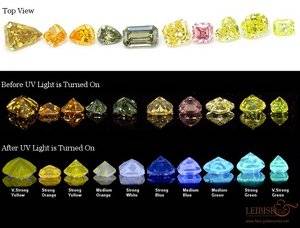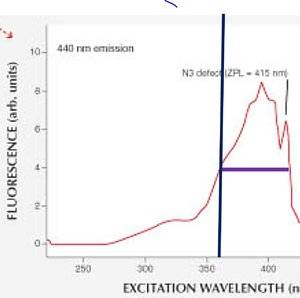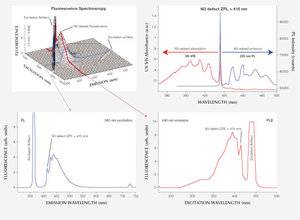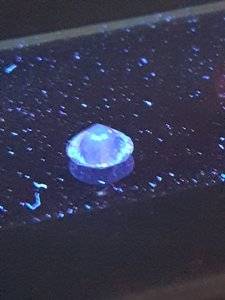- Joined
- Sep 2, 2002
- Messages
- 2,859
I feel like in many cases, a bit of history may help in understanding.
In the identification of gemstones, fluorescence is one of many potential identifying characteristics. As such, checking and studying the presence of fluorescence is a standard gemological practice in trying to identify a gemstone.
Please understand: in my book, gemology is far more about identifying a gemstone, and grading the C's and other characteristics of a diamond is a minuscule side-room in the house of gemology. Sorry for the side-bar.
In that sense, the fluo-'grade' on a diamond-report in my eyes was initially mostly descriptive, meant as an identifier, just like plotting of inclusions.
Over the years however, the trade has moved to making it have influence on the value of a diamond. Whether that is correct, is hugely debatable.
And, if this thread becomes a major point of contention, I feel it has little to do with how a report is created, it far more has to do with the weird way that the trade has developed into treating fluorescence.
Live long,
In the identification of gemstones, fluorescence is one of many potential identifying characteristics. As such, checking and studying the presence of fluorescence is a standard gemological practice in trying to identify a gemstone.
Please understand: in my book, gemology is far more about identifying a gemstone, and grading the C's and other characteristics of a diamond is a minuscule side-room in the house of gemology. Sorry for the side-bar.
In that sense, the fluo-'grade' on a diamond-report in my eyes was initially mostly descriptive, meant as an identifier, just like plotting of inclusions.
Over the years however, the trade has moved to making it have influence on the value of a diamond. Whether that is correct, is hugely debatable.
And, if this thread becomes a major point of contention, I feel it has little to do with how a report is created, it far more has to do with the weird way that the trade has developed into treating fluorescence.
Live long,







300x240.png)